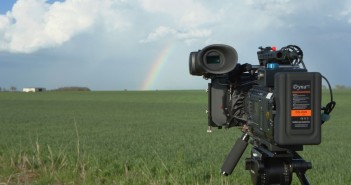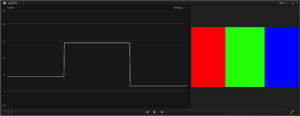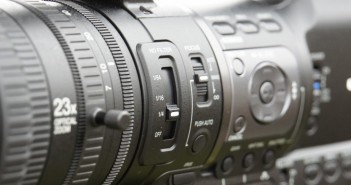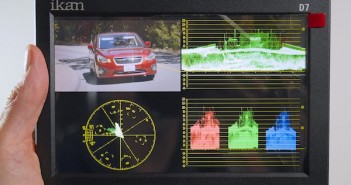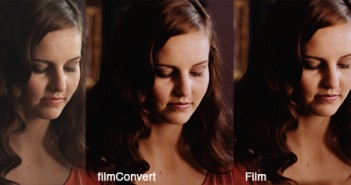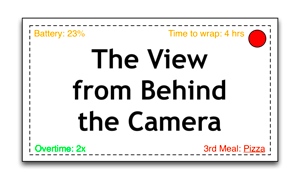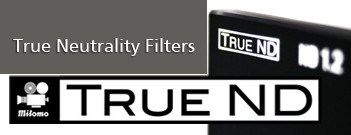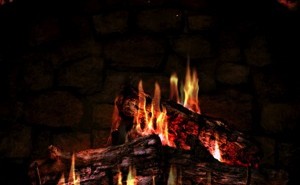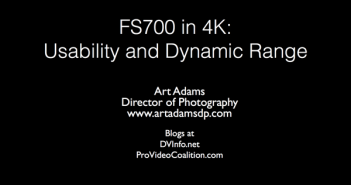
There are 28 things an assistant is supposed to do to this camera before every take. In practice there are really about ten that absolutely need to be done every single time, but miss one and you’ve killed a shot… or maybe a series of shots on the same roll of film. In spite of this some of the greatest movies in history were shot on the Bell & Howell 2709 by cinematographers and their crews who knew the camera’s limitations and worked within them… and every once in a while found ways to push themselves a little further. In this sense the FS700 is equally capable: if you know what it can do and use it for what it’s good for, you’ll make some amazing images. The trick is know where you can’t cut corners.

